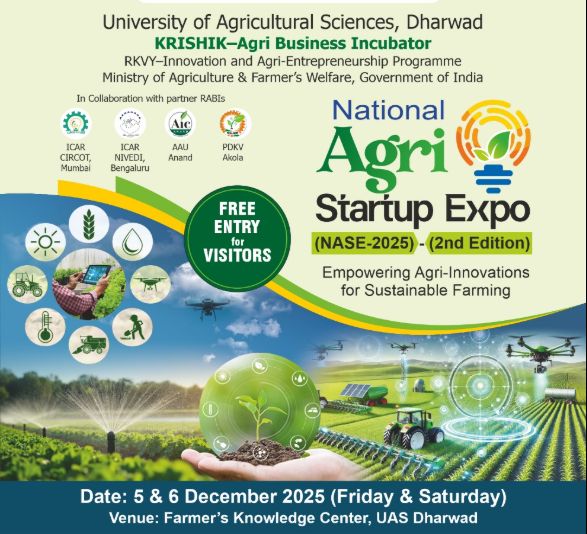Bioengineering, Vol. 12, Pages 501: A Review on Bioengineering the Bovine Mammary Gland: The Role of the Extracellular Matrix and Reconstruction Prospects
Bioengineering doi: 10.3390/bioengineering12050501
Authors:
Fernando Chissico Júnior
Thamires Santos da Silva
Flávio Vieira Meirelles
Paulo Sérgio Monzani
Lucas Fornari Laurindo
Sandra Maria Barbalho
Maria Angélica Miglino
The mammary gland is a modified sweat gland responsible for milk production. It is affected by diseases that reduce animals’ quality of life, consequently leading to economic losses in livestock. With advancements in tissue bioengineering and regenerative medicine, studying the extracellular matrix (ECM) of the bovine mammary gland can improve our understanding of its physiology and the processes that affect it. This knowledge could also enable the development of sustainable therapeutic alternatives for both the dairy production chain and human oncology research. A common approach in regenerative medicine is decellularization, a process that removes all cells from tissue while preserving its architecture and ECM components for subsequent recellularization. The success of recellularization depends on obtaining immunologically compatible scaffolds and using appropriate cell culture sources and methods to ensure tissue functionality. However, tissue culture technology still faces challenges due to specific requirements and high costs. Here, we review the literature on biomaterials and tissue engineering, providing an overview of the ECM of the bovine mammary gland and advances in its bioengineering, with a focus on regenerative medicine for bovine species. The methodology employed consists of a structured search of scientific databases, including PubMed, Google Scholar, and SciELO, using specific keywords related to tissue engineering and the bovine mammary gland. The selection criteria prioritized peer-reviewed articles published between 2002 and 2025 that demonstrated scientific relevance and contributed to the understanding of bovine mammary gland bioengineering. Although research on this topic has advanced, vascularization, tissue maturation, and scalability remain key barriers to widespread application and economic viability.
Source link
Fernando Chissico Júnior www.mdpi.com


